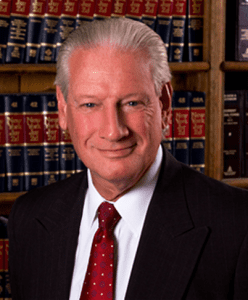Suffolk County Vanderbilt Museum, 180 Little Neck Road, Centerport continues its lecture series at the Reichert Planetarium on Thursday, June 20 with a presentation title The Mummy and the Obelisk: Reflecting on the Vanderbilts’ Captivation for Ancient Egypt from 7 to 8:30 p.m.
Roberta Casagrande-Kim, an archaeologist and curator of ancient art, will explore the Vanderbilt family’s fascination with ancient Egypt.
In nineteenth-century New York, the wealthiest families pursued art collecting as one of the vehicles through which they established social and cultural prominence. Interestingly, Casagrande-Kim said, Cornelius Vanderbilt, the first in the prominent family to distinguish himself for his financial acumen, showed very little interest in this pursuit while his son William Henry, grandson William Kissam, and great-grandson William Kissam II all resorted to art to decorate their newly built mansions.
“Their taste remained eclectic and for the most part untrained, with paintings, sculptures, and decorative arts of different periods and quality taking over their living spaces,” she said. “Whereas antiquities never became a priority for the Vanderbilts, ancient Egyptian works or Egypt-inspired commissions made their way into their collections.”
Casagrande-Kim’s lecture will focus in particular on William Henry’s involvement in the transportation of the so-called Cleopatra Needle to Central Park (where it was installed in 1881), on Alva Vanderbilt’s penchant for Egyptomania, and on William Kissam II’s purchase of a three-thousand-year-old mummy still on display in the Centerport mansion.
“We will examine these objects closely, establish the motives behind these acquisitions and donations, and frame the Vanderbilts’ interest for Egypt within the largest context of wealth and power of the New York of their times,” she said.
Dr. Roberta Casagrande-Kim is the Bernard and Lisa Selz Director of Exhibitions and Gallery Curator at New York University’s Institute for the Study of the Ancient World. She is also an educator and curator at the Suffolk County Vanderbilt Museum.
Casagrande-Kim holds a B.A. in Christian Archaeology from the Università degli Studi di Torino (Italy) and an M.A. and Ph.D. in Roman Art and Archaeology from Columbia University. She is a specialist in Roman funerary practices and beliefs in the afterlife, Late Antique urbanism, and Greco-Roman mapping. She has worked extensively in archaeological excavations in Italy, Israel, and Turkey, and has served as the Assistant Field Director at the Amheida excavations (Egypt) since 2010.
Tickets are $10 per person, members free. To order, visit www.vanderbiltmuseum.org or click below.



















